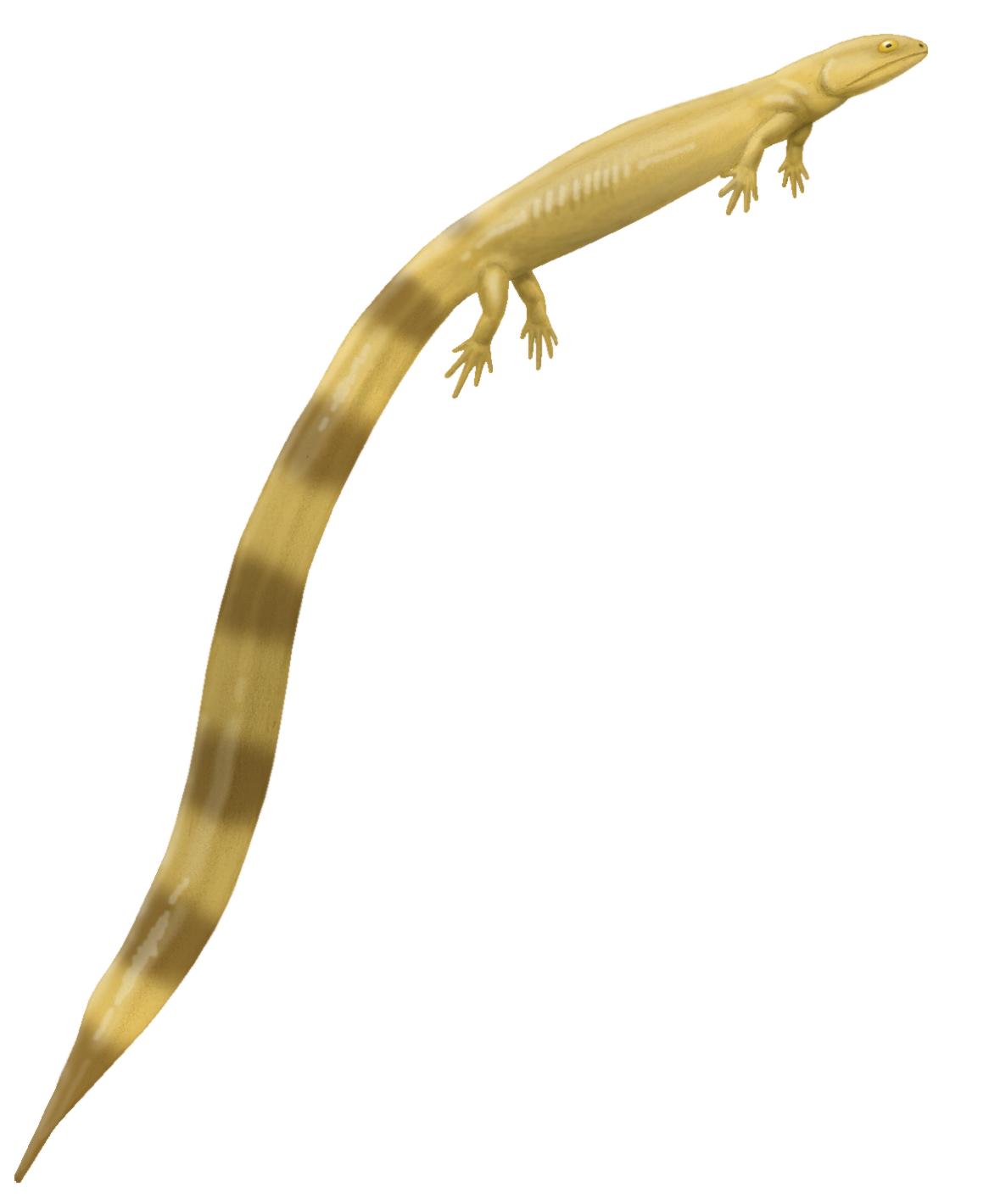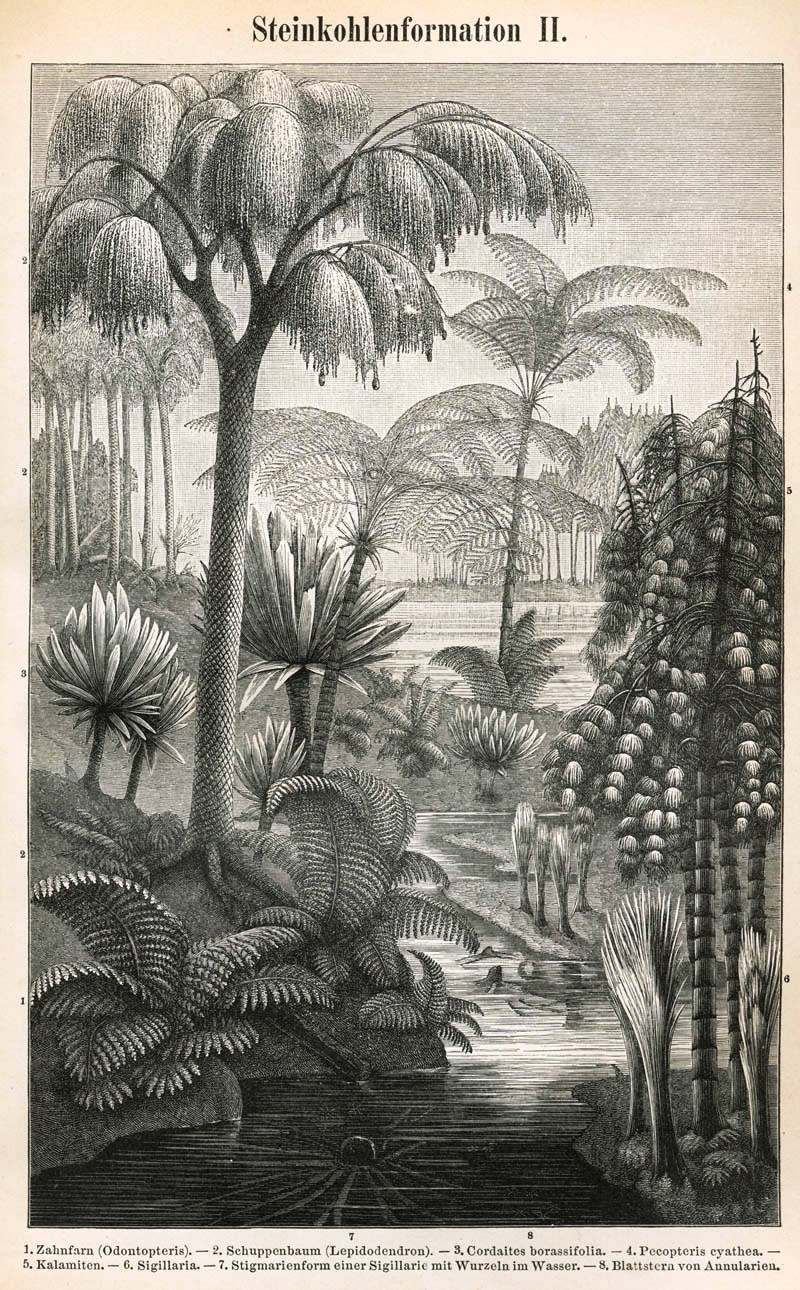|
Sauropleura
''Sauropleura'' (meaning "lizard side") is an extinct genus of nectridean tetrapodomorphs within the family Urocordylidae The Urocordylidae are an extinct family (biology), family of nectridean lepospondyl amphibians. Urocordylids lived during the Late Carboniferous and Early Permian in what is now Europe and North America and are characterized by their very long, p .... Fossils are known from the United States (Texas, Ohio) and Europe (Czech Republic). The following species are included: * ''Sauropleura bairdi'' * ''Sauropleura longicaudata'' * ''Sauropleura pectinata'' * ''Sauropleura scalaris'' References Urocordylidae Pennsylvanian sarcopterygians Carboniferous sarcopterygians of Europe Carboniferous sarcopterygians of North America Cisuralian sarcopterygians Permian sarcopterygians of North America Taxa named by Edward Drinker Cope Fossil taxa described in 1868 {{Paleo-tetrapodomorph-stub ... [...More Info...] [...Related Items...] OR: [Wikipedia] [Google] [Baidu] |
Urocordylidae
The Urocordylidae are an extinct family (biology), family of nectridean lepospondyl amphibians. Urocordylids lived during the Late Carboniferous and Early Permian in what is now Europe and North America and are characterized by their very long, paddle-like tails. In life, they were probably newt-like and aquatic. Fossils have been found from Ireland, France, and the eastern United States. The family was named by English naturalist Richard Lydekker in 1889 and includes the well-known genera ''Urocordylus'' and ''Sauropleura'', as well as several others based on less-complete material. The family Urocordylidae is divided into two subfamilies, the Urocordylinae and the Sauropleurinae. The two groups are distinguished by the shapes of their skulls; urocordylines have short, blunt skulls, and sauropleurines have longer, pointed skulls. Description Urocordylids are distinguished by their elongated tails. Each tail vertebra has an upper crest of bone called a neural arch and a lower cr ... [...More Info...] [...Related Items...] OR: [Wikipedia] [Google] [Baidu] |
Carboniferous
The Carboniferous ( ) is a Geologic time scale, geologic period and System (stratigraphy), system of the Paleozoic era (geology), era that spans 60 million years, from the end of the Devonian Period Ma (million years ago) to the beginning of the Permian Period, Ma. It is the fifth and penultimate period of the Paleozoic era and the fifth period of the Phanerozoic eon (geology), eon. In North America, the Carboniferous is often treated as two separate geological periods, the earlier Mississippian (geology), Mississippian and the later Pennsylvanian (geology), Pennsylvanian. The name ''Carboniferous'' means "coal-bearing", from the Latin ("coal") and ("bear, carry"), and refers to the many coal beds formed globally during that time. The first of the modern "system" names, it was coined by geologists William Conybeare (geologist), William Conybeare and William Phillips (geologist), William Phillips in 1822, based on a study of the British rock succession. Carboniferous is the per ... [...More Info...] [...Related Items...] OR: [Wikipedia] [Google] [Baidu] |
Permian
The Permian ( ) is a geologic period and System (stratigraphy), stratigraphic system which spans 47 million years, from the end of the Carboniferous Period million years ago (Mya), to the beginning of the Triassic Period 251.902 Mya. It is the sixth and last period of the Paleozoic Era; the following Triassic Period belongs to the Mesozoic Era. The concept of the Permian was introduced in 1841 by geologist Sir Roderick Murchison, who named it after the Perm Governorate, region of Perm in Russia. The Permian witnessed the diversification of the two groups of amniotes, the synapsids and the Sauropsida, sauropsids (reptiles). The world at the time was dominated by the supercontinent Pangaea, which had formed due to the collision of Euramerica and Gondwana during the Carboniferous. Pangaea was surrounded by the superocean Panthalassa. The Carboniferous rainforest collapse left behind vast regions of desert within the continental interior. Amniotes, which could better cope with these ... [...More Info...] [...Related Items...] OR: [Wikipedia] [Google] [Baidu] |
Edward Drinker Cope
Edward Drinker Cope (July 28, 1840 – April 12, 1897) was an American zoologist, paleontology, paleontologist, comparative anatomy, comparative anatomist, herpetology, herpetologist, and ichthyology, ichthyologist. Born to a wealthy Quaker family, he distinguished himself as a child prodigy interested in science, publishing his first scientific paper at the age of 19. Though his father tried to raise Cope as a gentleman farmer, he eventually acquiesced to his son's scientific aspirations. Cope had little formal scientific training, and he eschewed a teaching position for field work. He made regular trips to the Western United States, American West, prospecting in the 1870s and 1880s, often as a member of United States Geological Survey, U.S. Geological Survey teams. A personal feud between Cope and paleontologist Othniel Charles Marsh led to a period of intense fossil-finding competition now known as the Bone Wars. Cope's financial fortunes soured after failed mining ventures i ... [...More Info...] [...Related Items...] OR: [Wikipedia] [Google] [Baidu] |
Genus
Genus (; : genera ) is a taxonomic rank above species and below family (taxonomy), family as used in the biological classification of extant taxon, living and fossil organisms as well as Virus classification#ICTV classification, viruses. In binomial nomenclature, the genus name forms the first part of the binomial species name for each species within the genus. :E.g. ''Panthera leo'' (lion) and ''Panthera onca'' (jaguar) are two species within the genus ''Panthera''. ''Panthera'' is a genus within the family Felidae. The composition of a genus is determined by taxonomy (biology), taxonomists. The standards for genus classification are not strictly codified, so different authorities often produce different classifications for genera. There are some general practices used, however, including the idea that a newly defined genus should fulfill these three criteria to be descriptively useful: # monophyly – all descendants of an ancestral taxon are grouped together (i.e. Phylogeneti ... [...More Info...] [...Related Items...] OR: [Wikipedia] [Google] [Baidu] |
Nectridea
Nectridea is an extinct order of lepospondyl tetrapods from the Carboniferous and Permian periods, including animals such as '' Diplocaulus''. In appearance, they would have resembled modern newts or aquatic salamanders, although they are not close relatives of modern amphibians. They were characterized by long, flattened tails to aid in swimming, as well as numerous features of the vertebrae. Description Nectrideans are a diverse group of tetrapods, including the aquatic Urocordylidae, the presumably terrestrial Scincosauridae, and the bizarre horned members of Diplocaulidae (also known as Keraterpetonidae), which includes the "boomerang-headed" ''Diplocaulus'', one of the most famous genera of prehistoric amphibians (in the traditional sense of the word). By the time the earliest known nectrideans appeared in the Late Carboniferous fossil record, they had already diversified into these families, indicating that basal nectrideans are unknown. These different families are ... [...More Info...] [...Related Items...] OR: [Wikipedia] [Google] [Baidu] |
Tetrapodomorph
Tetrapodomorpha (also known as Choanata) is a clade of vertebrates consisting of tetrapods (four-limbed vertebrates) and their closest sarcopterygian relatives that are more closely related to living tetrapods than to living lungfish. Advanced forms transitional between fish and the early labyrinthodonts, such as '' Tiktaalik'', have been referred to as "fishapods" by their discoverers, being half-fish, half-tetrapods, in appearance and limb morphology. The Tetrapodomorpha contains the crown group tetrapods (the last common ancestor of living tetrapods and all of its descendants) and several groups of early stem tetrapods, which includes several groups of related lobe-finned fishes, collectively known as the osteolepiforms. The Tetrapodomorpha minus the crown group Tetrapoda are the stem Tetrapoda, a paraphyletic unit encompassing the fish to tetrapod transition. Characteristics Among the characteristics defining tetrapodomorphs are modifications to the fins, notably a hum ... [...More Info...] [...Related Items...] OR: [Wikipedia] [Google] [Baidu] |
Family (biology)
Family (, : ) is one of the eight major hierarchical taxonomic ranks in Linnaean taxonomy. It is classified between order and genus. A family may be divided into subfamilies, which are intermediate ranks between the ranks of family and genus. The official family names are Latin in origin; however, popular names are often used: for example, walnut trees and hickory trees belong to the family Juglandaceae, but that family is commonly referred to as the "walnut family". The delineation of what constitutes a family—or whether a described family should be acknowledged—is established and decided upon by active taxonomists. There are not strict regulations for outlining or acknowledging a family, yet in the realm of plants, these classifications often rely on both the vegetative and reproductive characteristics of plant species. Taxonomists frequently hold varying perspectives on these descriptions, leading to a lack of widespread consensus within the scientific community ... [...More Info...] [...Related Items...] OR: [Wikipedia] [Google] [Baidu] |
Pennsylvanian Sarcopterygians
Pennsylvanian may refer to: * A person or thing from Pennsylvania * Pennsylvanian (geology) The Pennsylvanian ( , also known as Upper Carboniferous or Late Carboniferous) is, on the International Commission on Stratigraphy, ICS geologic timescale, the younger of two period (geology), subperiods of the Carboniferous Period (or the uppe ..., a geological subperiod of the Carboniferous Period * ''Pennsylvanian'' (train), an Amtrak train {{disambiguation ... [...More Info...] [...Related Items...] OR: [Wikipedia] [Google] [Baidu] |
Carboniferous Sarcopterygians Of Europe
The Carboniferous ( ) is a Geologic time scale, geologic period and System (stratigraphy), system of the Paleozoic era (geology), era that spans 60 million years, from the end of the Devonian Period Ma (million years ago) to the beginning of the Permian Period, Ma. It is the fifth and penultimate period of the Paleozoic era and the fifth period of the Phanerozoic eon (geology), eon. In North America, the Carboniferous is often treated as two separate geological periods, the earlier Mississippian (geology), Mississippian and the later Pennsylvanian (geology), Pennsylvanian. The name ''Carboniferous'' means "coal-bearing", from the Latin ("coal") and ("bear, carry"), and refers to the many coal beds formed globally during that time. The first of the modern "system" names, it was coined by geologists William Conybeare (geologist), William Conybeare and William Phillips (geologist), William Phillips in 1822, based on a study of the British rock succession. Carboniferous is the per ... [...More Info...] [...Related Items...] OR: [Wikipedia] [Google] [Baidu] |
Carboniferous Sarcopterygians Of North America
The Carboniferous ( ) is a geologic period and system of the Paleozoic era that spans 60 million years, from the end of the Devonian Period Ma (million years ago) to the beginning of the Permian Period, Ma. It is the fifth and penultimate period of the Paleozoic era and the fifth period of the Phanerozoic eon. In North America, the Carboniferous is often treated as two separate geological periods, the earlier Mississippian and the later Pennsylvanian. The name ''Carboniferous'' means "coal-bearing", from the Latin ("coal") and ("bear, carry"), and refers to the many coal beds formed globally during that time. The first of the modern "system" names, it was coined by geologists William Conybeare and William Phillips in 1822, based on a study of the British rock succession. Carboniferous is the period during which both terrestrial animal and land plant life was well established. Stegocephalia (four-limbed vertebrates including true tetrapods), whose forerunners (tetrapodomor ... [...More Info...] [...Related Items...] OR: [Wikipedia] [Google] [Baidu] |
Cisuralian Sarcopterygians
The Cisuralian, also known as the Early Permian, is the first series/epoch of the Permian. The Cisuralian was preceded by the Pennsylvanian and followed by the Guadalupian. The Cisuralian Epoch is named after the western slopes of the Ural Mountains in Russia and Kazakhstan and dates between 298.9 ± 0.15 – 272.3 ± 0.5 Ma. In the regional stratigraphy of southwestern North America, the Cisuralian encompasses two series: the Wolfcampian (Asselian to mid-Artinskian) and Leonardian (mid-Artinskian to Kungurian). The series saw the appearance of beetles and flies and was a relatively stable warming period of about 21 million years. Name and background The Cisuralian is the first series or epoch of the Permian. The Cisuralian was preceded by the last Pennsylvanian epoch (Gzhelian) and is followed by the Permian Guadalupian Epoch. The name "Cisuralian" was proposed in 1982, and approved by the International Subcommission on Permian Stratigraphy in 1996. The Cisuralian Epoch is ... [...More Info...] [...Related Items...] OR: [Wikipedia] [Google] [Baidu] |







